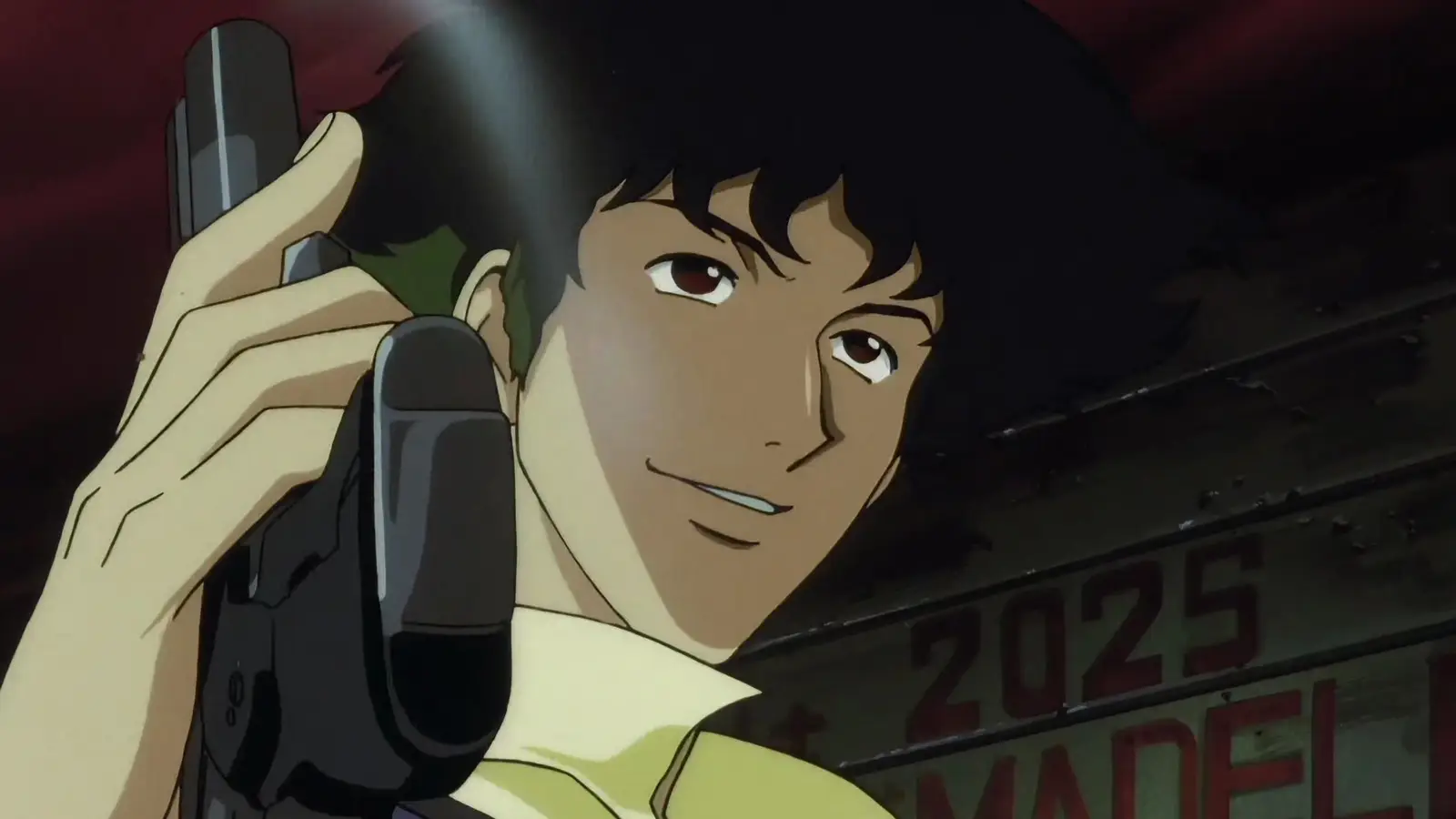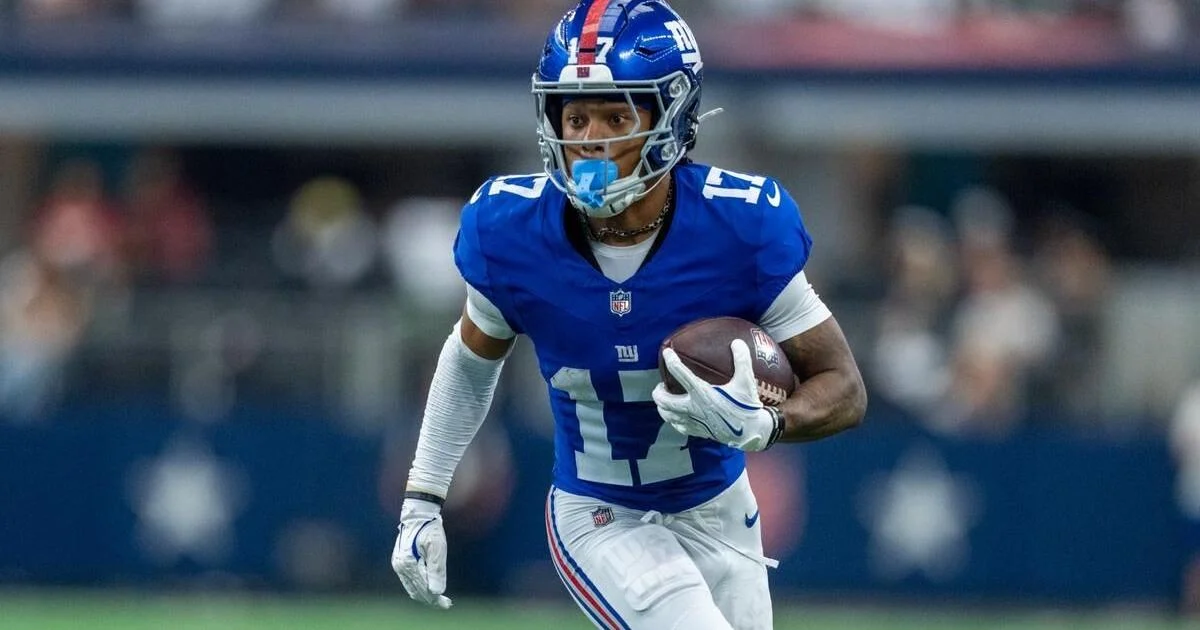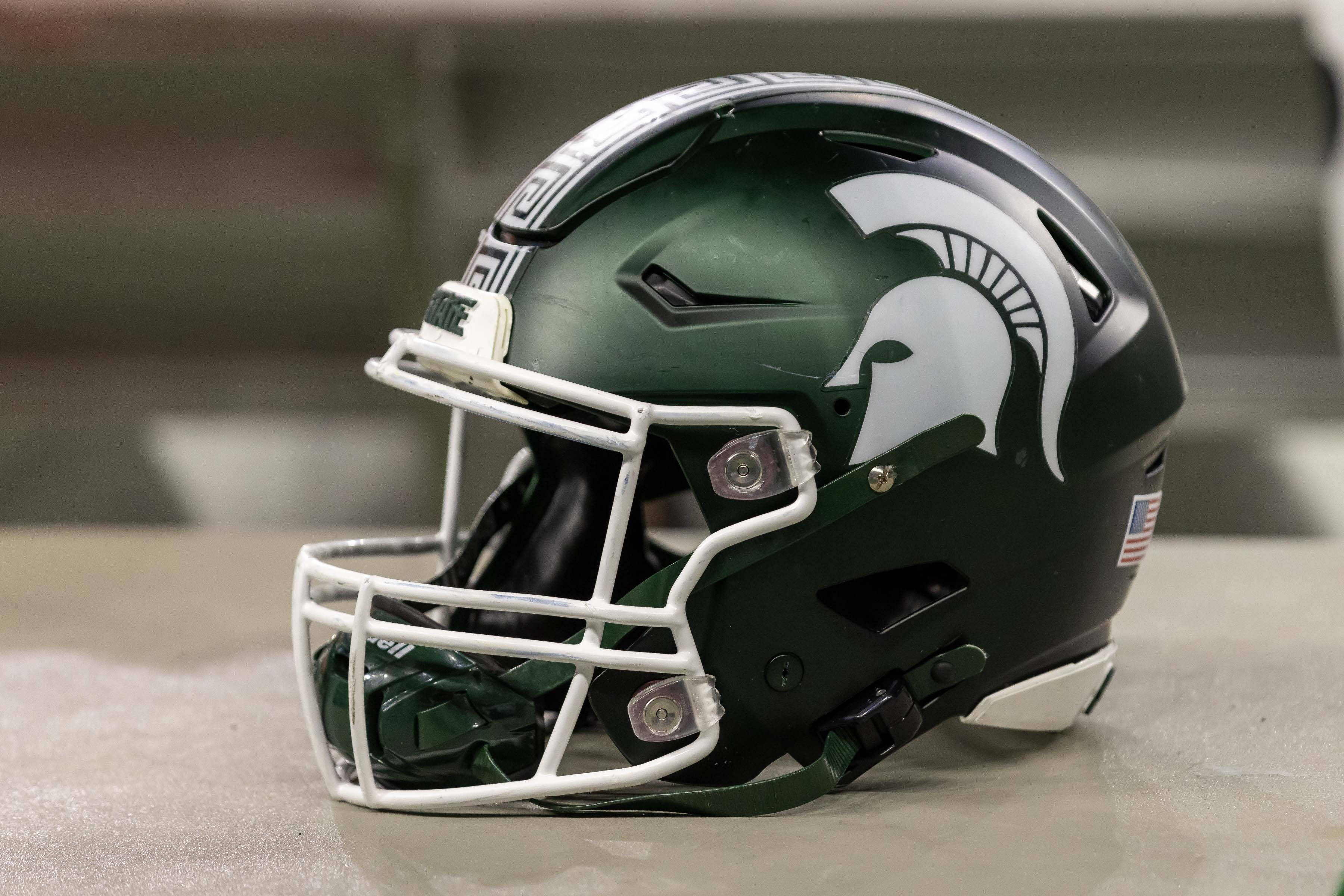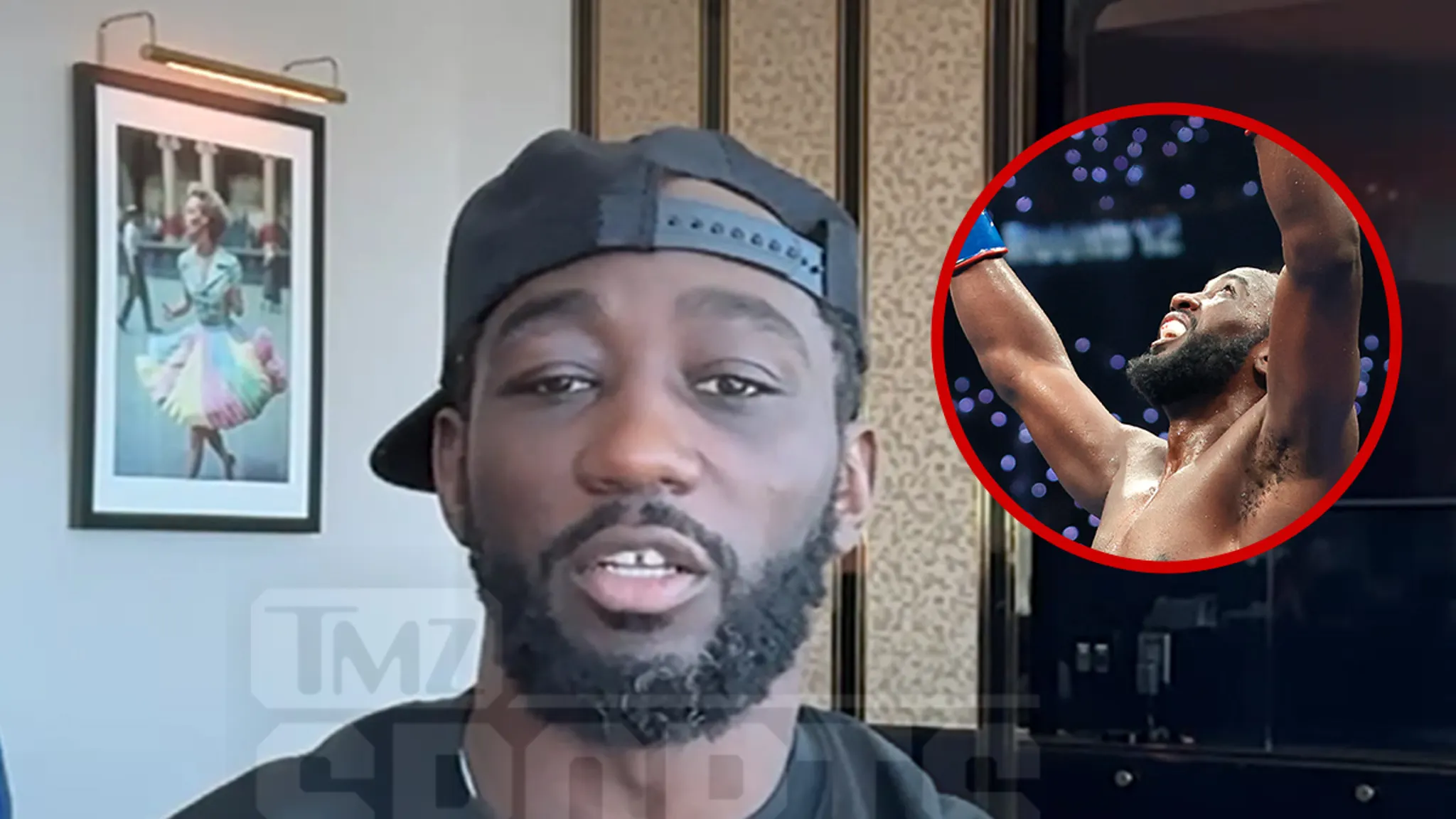
The 1990s marked a pivotal period in anime, as it redefined the global perception of Japanese animation. It was a time when studios experimented with risky ideas, accompanied by distinctive hand-drawn art styles and themes that went far beyond morning cartoon offerings on Western television.
In this era, anime had just begun to carve out its identity as a medium that could be serious, experimental, or deeply emotional, while still delivering larger-than-life action. Unsurprisingly, specific titles rose high above the rest, establishing themselves as the flagbearers for the future of anime.
For many veteran fans, these shows became the gateway to a lifelong passion. And for newer fans, they are a must-see because they not only capture the ambition and raw creativity of the time but are also foundational pieces of the medium.
10 Slam Dunk
Before Slam Dunk, sports anime often relied on exaggeration, and none had ever achieved any real cultural impact. Yet, Takehiko Inoue’s series was different in how humanly raw it made basketball feel without sacrificing any of its intended humour. The story begins with the central character, Hanamichi Sakuragi, a voluble delinquent who is more interested in impressing girls than winning games.
However, his growth into a dedicated player is where the show finds its pulse. The matches are drawn out, not in a drag but in a way that builds suspense play by play, where every basket lands like a climactic shot.
Off the court, Sakuragi’s team dynamics (rivalries, grudges, camaraderie) all mirror the real intensity of adolescence, encapsulating the story in an elevated feeling of connection. For many, Slam Dunk wasn’t just about the sport; it was about what the game meant to its players, and this remains true today.
9 Princess Mononoke
Hayao Miyazaki’s Princess Mononoke isn’t just one of Studio Ghibli’s finest works; it is THE defining anime film of the ’90s. Epic in scope and breathtaking in its artistry, the film tackled themes of environmental destruction, human greed, and coexistence with a complexity rarely seen in animation at the time.
The story follows Ashitaka’s journey into a land torn between industrial expansion and the wrath of ancient gods, unfolding like a myth deeply rooted in real-world anxieties. The film’s hand-drawn visuals are staggering in their detail, and Joe Hisaishi’s score heightens the sense of grandeur.
Unlike many other Ghibli films, Princess Mononoke offers no simple answer to the difficult questions it poses or a neatly tied resolution. Instead, it leaves a morally ambiguous conflict that forces the audience to wrestle with the messiness of its message: progress versus preservation. It is a message that is as urgent and important today as it was nearly three decades ago.
8 Serial Experiments Lain
If there’s one series from the ’90s that feels eerily more relevant now than when it aired, it will be Serial Experiments Lain. The cyber-surrealist classic explored themes of digital identity, loneliness, and reality itself at a time when the internet was still in its infancy, almost like a precursor of the future.
The story’s central character, Lain Iwakura, is a quiet schoolgirl who becomes entangled within a virtual network called the Wired, blurring the line between human consciousness and technology. Beyond the story, the show’s experimental visuals and unsettling atmosphere make it unlike anything else in anime.
Its mood is dense and cryptic, and it demands active engagement from its audience, but that’s precisely what gives it its lasting power. Watching Lain today feels prophetic, almost like a prediction of the current social media age and the way technology would reshape our understanding of identity.
7 Trigun
Authored by Yasuhiro Nightow, Trigun was the anime equivalent of a dusty western show wrapped in sci-fi philosophy. At the centre of it all was Vash the Stampede, a gunman with a ridiculous bounty on his head and a personality that seemed too goofy to match his heavy reputation.
What made the series unforgettable was the stirring tension between Vash’s pacifism and the violent world around him, and this contradiction drove the story. Beneath the comedy and slapstick was a story grappling with morality, loss, and the cost of choosing peace in a hostile world.
All conveyed through Vash himself. The series’ barren landscapes, bounty hunters, and eccentric villains gave it a gritty yet vibrant style that, over the years, has now become instantly recognisable.
Unlike many others, Trigun presents its message of pacifism with the required level of realism, as both radical and exhausting, and this approach is precisely why the show hits much harder than expected. Because it dared, like others on this list, to ask a different question of its time.
6 Rurouni Kenshin
Beneath Rurouni Kenshin’s sword fights lies a story about atonement. Set in the Meiji era of Japan, the series blended historical fiction with emotional storytelling in a manner that had never been done before. The protagonist, Kenshin Himura, once Japan’s most feared assassin, vows never to kill again, making his battles in the story as much philosophical as they are about swordsmanship.
Through this moral conflict, the story comes to life and raises the question of how you fight violence without becoming part of the cycle. This gave the series weight that many anime lacked then and still lack now. The historical backdrop of the Meiji era adds texture, further grounding the characters’ struggles in a world caught between tradition and modernity.
Layering on humour and romance, it balances its darker themes, making the heavier beats land with greater impact. Even though years of controversy about the series’ creator have compromised its legacy, the anime itself stands as one of the ’90s sharpest explorations of redemption and morality.
5 Yu Yu Hakusho
If the ’90s had a crown jewel of shonen storytelling, that anime would be Yu Yu Hakusho. What began as a tale of a delinquent teen dying to save another quickly evolved into one of anime’s best supernatural tales. However, the series did not stand out solely for its fights.
Yusuke Urameshi’s journey from street punk to Spirit Detective resonated because it never abandoned his rough edges, even as his heart and life grew bigger. On the other hand, the Dark Tournament arc remains a benchmark in shonen history, as it balanced grand powers with deeply personal stakes. But it wasn’t just about the battles.
The arc precisely reflected everything between Yusuke, Kuwabara, Kurama, and Hiei, becoming one of anime’s most beloved squads. Even after more than two decades, Yu Yu Hakusho’s Dark Tournament arc remains the template for building tension without bloating the story, cementing itself as a cult classic.
4 Sailor Moon
While shonen dominated a significant portion of anime’s global spread at the time, Sailor Moon arrived and proved that saving the world didn’t have to be the domain of stoic warriors or chosen male heroes, effectively kickstarting the magical girl trope. More than just a story, the series created a blueprint for heroism that resonated across all age groups.
Its central character, Usagi Tsukino, is hardly the ideal protagonist as she is clumsy, and often whelmed by emotions. However, that relatability proved to be the foundation of a cultural icon. The show combines humour, romance, and battles with a rhythm that feels endlessly watchable; however, its true staying power lies in its themes of loyalty and identity.
In the series, the Sailor Guardians weren’t just sidekicks; they were Tsukino’s found family. Through them, the series effectively redefined the depths of comradeship in anime. After more than three decades, its influence is still being firmly felt in mainstream superhero media.
3 Ghost in the Shell
Before cyberpunk became mainstream, Mamoru Oshii’s Ghost in the Shell was laying down the foundation somewhere in anime. On paper, it’s a cyberpunk sci-fi about cyborg cops chasing a rogue hacker. On screen, it’s a slow-burning meditation on what makes us human as the boundary between flesh and machine blurs into one another.
With its brooding cityscapes and philosophical dialogue, the anime posed questions about identity, consciousness, and the concept of humanity in a world dominated by technology. The story’s protagonist, Major Motoko Kusanagi, isn’t framed as an untouchable hero; both her strength and uncertainty contribute to the film’s central unease.
Combined with groundbreaking digital animation layered over hand-drawn art, the movie still looks ahead of its time in the sci-fi department. Even Hollywood has borrowed endlessly from it; a case in point is The Matrix. Nothing affirms legacy better than being the source of inspiration to one of the sci-fi genre’s most iconic exports.
2 Cowboy Bebop
Cowboy Bebop distilled everything cool about the ‘90s into twenty-six stylish episodes. At first glance, it’s a space western about a group of bounty hunters scraping by from job to job. Every episode feels self-contained, but beneath it lies a fractured meditation on loneliness, regret, and the inability to outrun one’s past.
Spike Spiegel and his dysfunctional crew remain unforgettable not just for their quirks, but for how real their individual struggles feel. Cowboy Bebop’s influence also extends into music, as it set the standard for composing music for anime. Yoko Kanno’s jazz-driven soundtrack is inseparable from the show’s identity, turning chase scenes and quiet moments alike into pure cinematic brilliance.
Its blend of genres, from sci-fi to noir, western, and slice-of-life, was groundbreaking and still feels effortless today. Whether you’re watching it for the first time or the tenth, Cowboy Bebop proves why it’s not only a classic but one of the most universally recommended anime series of all time.
1 Neon Genesis Evangelion
At the time Neon Genesis Evangelion aired, it did not simply shake up the scene; it rewrote the rules. What began as a standard “pilots vs aliens” mecha series quickly spiralled into something more layered, unsettling, and undeniably more human. Evangelion presented a challenge to its audience with psychological depth, religious symbolism, and raw explorations of depression and identity.
For many, it was the first anime that felt less like escapism and more like art that stared straight back at you. The anime’s controversial ending only solidified its place in anime history, sparking debates that have continued for decades.
To this day, few shows have managed to combine striking visuals, complex characters, and thematic ambition as effectively as Evangelion. Watching it now is still a very intense experience, but one that reveals just how far anime was willing to push its boundaries as far back as the 1990s.



